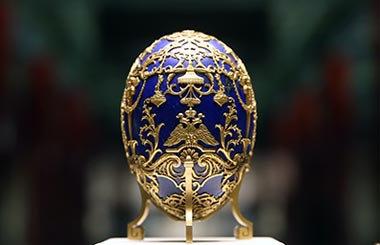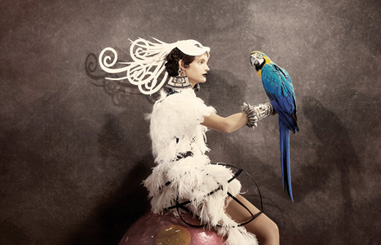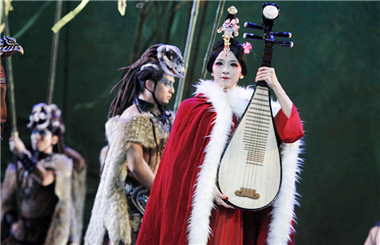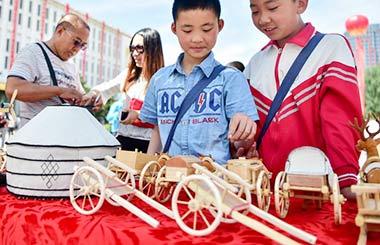Bringing history to life
By Wang Kaihao ( China Daily ) Updated: 2016-06-14 07:23:50
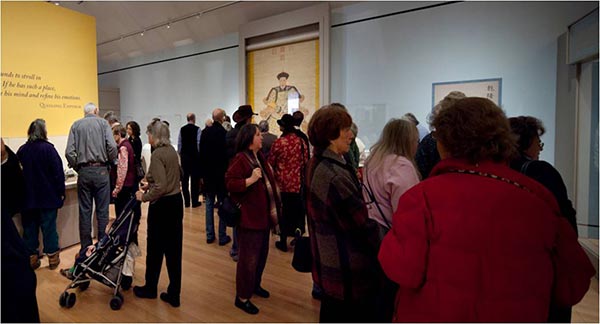 |
|
The Peabody Essex Museum was packed with visitors for The Emperor's Private Paradise: Treasures from the Forbidden City exhibition over 2010-11. [Photo by Jiang Dong/China Daily] |
Though the latest memorandum of understanding focuses mainly on research, especially conservation, Stuart says it will also include heavyweight exhibitions.
"By pulling together our resources, talent and collections, we can create something that is beautiful," she says.
"We are not yet ready to announce details, but we can say that the exhibitions will cover the Qing Dynasty (1644-1911) and the wives in the Qing court, in a way that has never been done before."
The new partnership will combine the efforts of three institutions in research and selection of objects among other things.
The publication of in-depth catalogs will also help produce new scholars in the specific fields.
Jay Finney, the deputy director of the Peabody Essex Museum, who is in charge of marketing and public relations, says: "One reason why we do exhibitions is to further develop scholarship in a particular area.
"The substance really is the scholarly writing and publication through the manifestation of art works."
Meanwhile, according to data from China's State Administration of Cultural Heritage, there were 4,692 registered museums in the country at the end 2015, a significant increase from 3,415 at the end of 2010.
But, despite the efforts to boost links between the two countries, Chinese public museums in 2013 held only six art and history exhibitions in the US, while only two exhibitions from US public museums came to China that year.
This is one of the reasons why the museums are seeking to deepen ties.
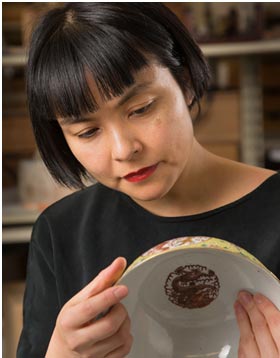 |
|
Wang Yiyou, the curator of Chinese and East Asian Art at the Peabody Essex Museum, studies a porcelain bowl. [Photo provided to China Daily] |
But there are still hurdles.
For example, the China Program at the American Alliance of Art, an information-sharing platform for museums from China and the US, was put on hold earlier this year due to funding constraints even though it got bigger and bigger, says Wang.
Finney adds that there is a need to make exhibits more friendly for US visitors who may not be very familiar with Chinese history.
He recalls that when the Peabody Essex Museum was designing the Juanqinzhai exhibition, the museum had assumed that visitors would have a sense of Emperor Qianlong's power and wealth.
"But when we spoke to visitors, we heard things like: 'He couldn't be the most powerful one,' and 'I've never heard of him.' So, we have to tell people they (Chinese historical figures) are not all that different from their lives, and try to make them more relatable," he says.
Finney says that though marketing of museums is still something new in the US, he finds that some Chinese museums have a strong capability in the field.
As smartphone apps and souvenirs from the Palace Museum have gone viral on Chinese social networks in recent years, the Peabody Essex Museum plans to send a member of its digital team for a training program to Beijing soon.
Stuart says: "China is in the news every day, positively or negatively.
"Our people are interested in China, but many don't know what China really is.
"So, when we stage a good exhibition, it gives them a chance to understand a bit of Chinese history and also reflect a bit of China's present as well as what it is likely to become."
Related:
|
|
|
|
|
|
|
|





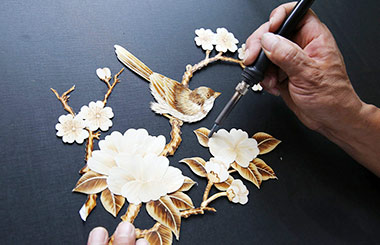








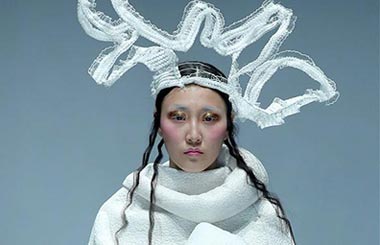









 Raymond Zhou:
Raymond Zhou: Pauline D Loh:
Pauline D Loh: Hot Pot
Hot Pot Eco China
Eco China China Dream
China Dream China Face
China Face
